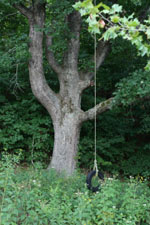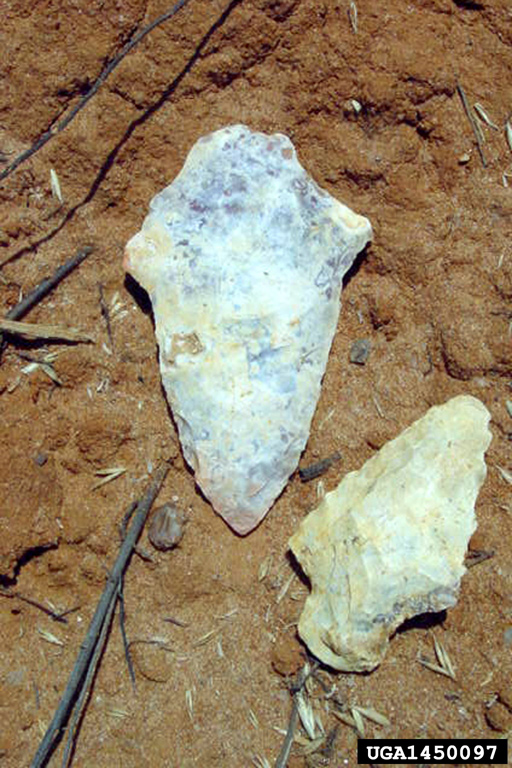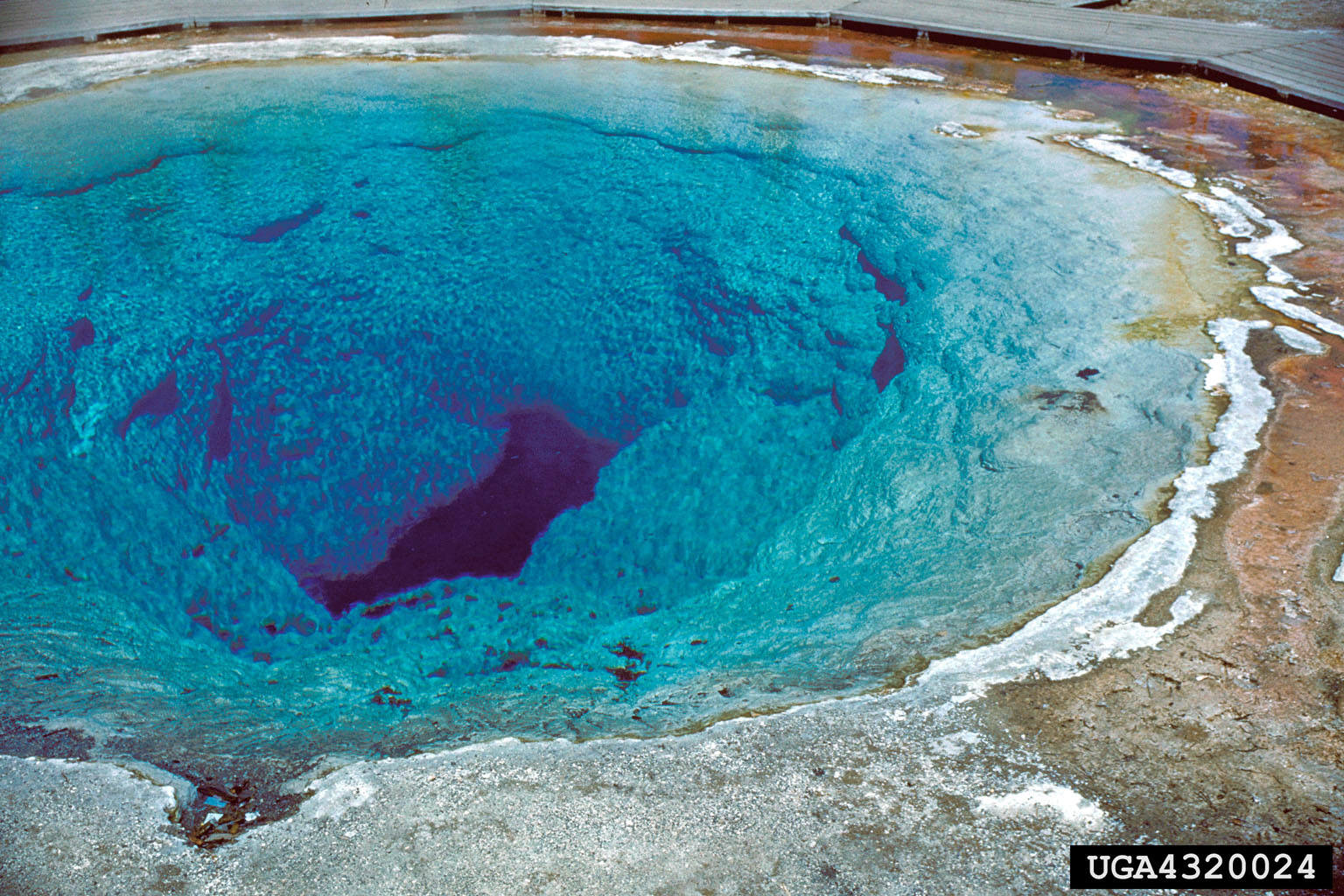What is a Special Site?
A special site is any noteworthy or meaningful place in your woods: the ruins of an old homestead, a painted cave wall, or even a treasured spot your family returns to year after year. It’s a place of personal, historical, archeological, cultural, geological, biological or ecological significance.
 Personal sites can
be designated for sentimental reasons.
It can be a pretty piece of your woods that your parents or grandparents
cherished, or one you and your family hold dear—any place you want to keep just
the way it is.
Personal sites can
be designated for sentimental reasons.
It can be a pretty piece of your woods that your parents or grandparents
cherished, or one you and your family hold dear—any place you want to keep just
the way it is.
Photo: Jeri Coffey
 Historical and
archaeological sites offer a tangible connection to history. They may be
the site of an historical event—a Civil War battlefield, for example—or contain
artifacts from the past, such as tools, weapons or remnants of old buildings or
roads.
Historical and
archaeological sites offer a tangible connection to history. They may be
the site of an historical event—a Civil War battlefield, for example—or contain
artifacts from the past, such as tools, weapons or remnants of old buildings or
roads.
Cultural sites can include historical or archaeological elements, but are also important from a cultural, social or religious perspective. American Indian ceremonial or burial sites, traditional villages, or fishing and hunting grounds can all be valuable cultural resources. So can scatters of broken pottery, arrowheads, shells and bone. Some of these cultural resources are thousands of years old and are protected by law.
Photo: Billy Humphries, Forest Resource Consultants, Inc., Bugwood.org
 Geological,
biological and ecological sites have rare or valuable natural
features. An outcropping of a rare mineral
or rock or an unusual biological community, such as a stand of rare trees or a
pitcher plant bog, have special ecological value and warrant extra care.
Geological,
biological and ecological sites have rare or valuable natural
features. An outcropping of a rare mineral
or rock or an unusual biological community, such as a stand of rare trees or a
pitcher plant bog, have special ecological value and warrant extra care.
Photo: Kenneth M. Gale, Bugwood.org


